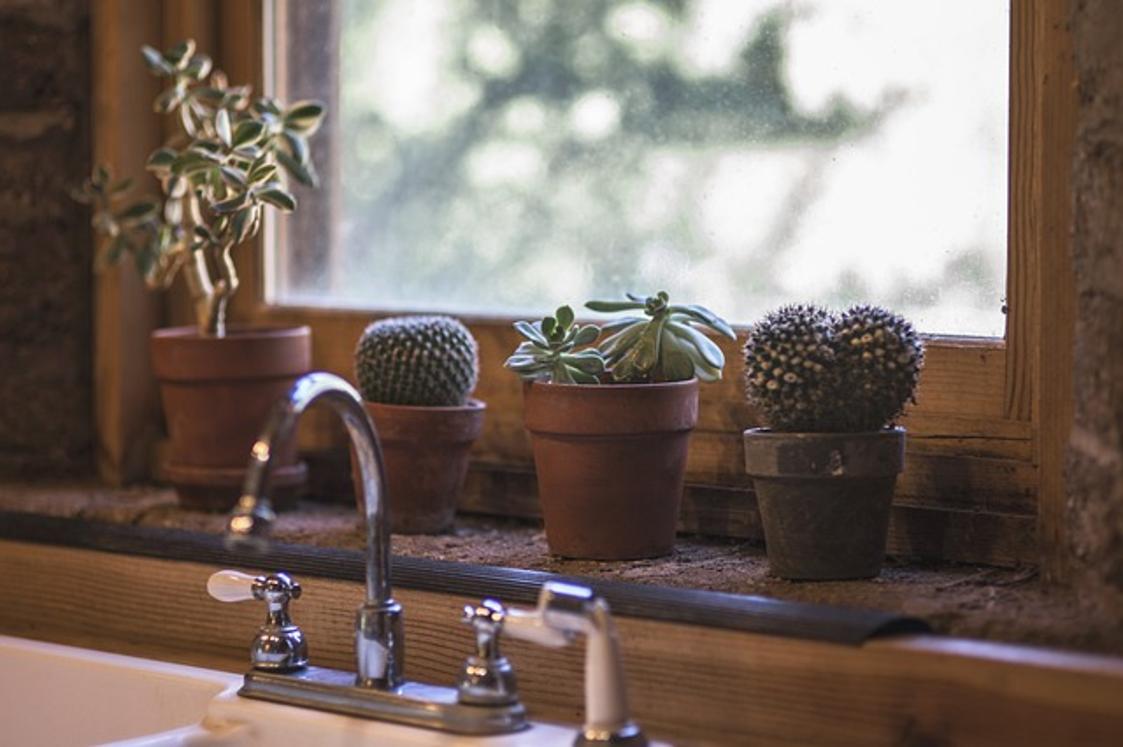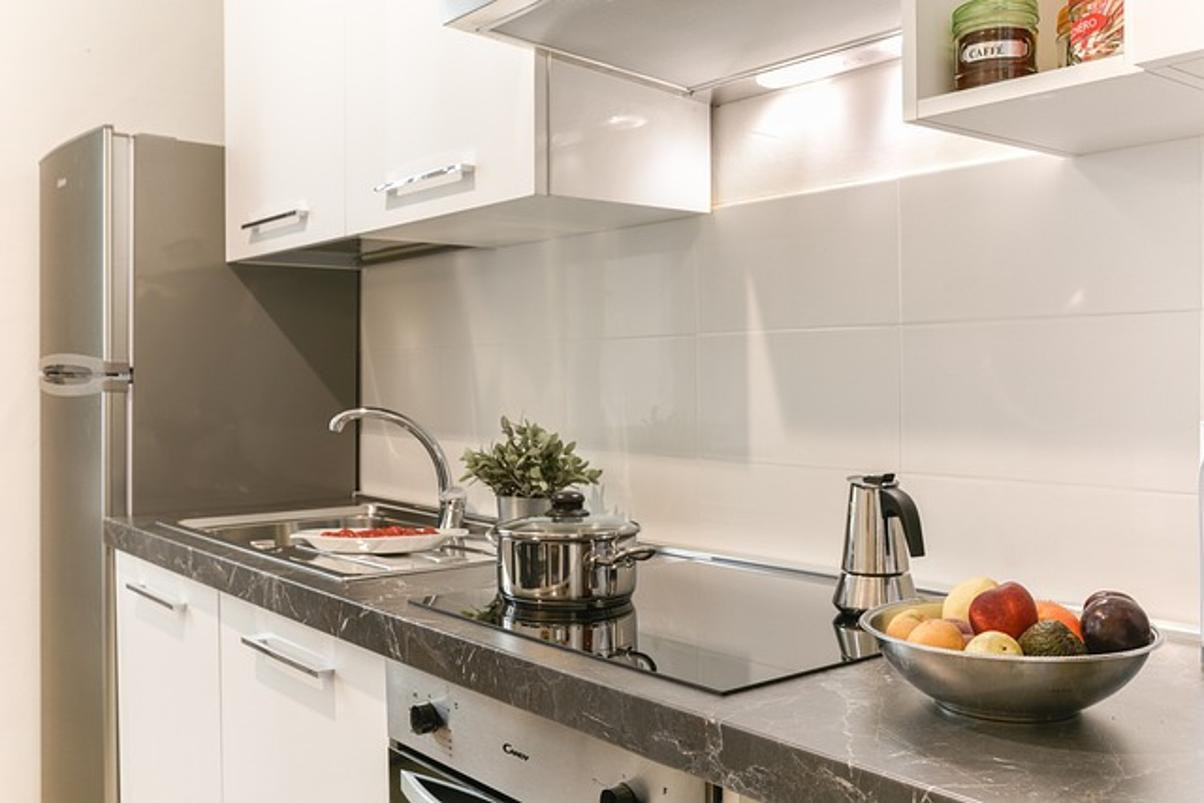How to Remove Moen Kitchen Faucet
Introduction
Removing a Moen kitchen faucet might seem daunting, but with a bit of guidance, you can accomplish this task smoothly. Whether you’re upgrading your kitchen or fixing a leaky faucet, knowing how to remove the old one is essential. This comprehensive guide will walk you through each step, from preparation to post-removal maintenance. With the right tools and a clear understanding of the process, you’ll be able to remove your Moen kitchen faucet efficiently and with confidence.

Tools You Will Need
Before diving into the removal process, it’s crucial to gather all necessary tools. Having everything prepared will save you time and prevent unnecessary frustration. Here’s a list of tools you’ll need:
- Adjustable wrench
- Basin wrench
- Screwdriver (Phillips and flat-head)
- Bucket
- Towel or rag
- Penetrating oil (optional)
- Plumber’s putty (if needed for sealing)
With these tools in hand, you’re ready to move on to the next steps. Proper preparation ensures a smoother removal process, so let’s get everything set up.
Preparation Steps
Proper preparation is key to a successful faucet removal. Follow these steps to ensure you’re ready for the task:
- Clear the Area: Remove any items stored under the sink to provide clear access to the plumbing.
- Turn Off The Water Supply: Locate the water supply valves under the sink and turn them off. To ensure water is completely off, turn on the faucet to release any remaining water in the lines.
- Gather Tools: Make sure all necessary tools are within reach.
- Protect the Sink Area: Use a towel or rag to cover the sink area and catch any water drips.
With these preparation steps completed, you are well-equipped to start removing your Moen kitchen faucet.
How to Remove Your Moen Kitchen Faucet
Now that you’re fully prepared, let’s dive into the detailed steps of removing your Moen kitchen faucet.
Turning Off the Water Supply
First, it’s crucial to turn off the water supply to prevent any spills or leaks during the removal process:
- Locate the water supply valves beneath your sink.
- Turn both the hot and cold water valves clockwise until they are fully closed.
- Open the faucet to release any residual water in the lines.
Disconnecting Water Supply Lines
With the water supply turned off, your next step is to disconnect the supply lines:
- Place a bucket or towel underneath the sink to catch any water that might drip.
- Use an adjustable wrench to loosen and disconnect the nuts that secure the water supply lines to the faucet.
- Carefully detach the lines and set them aside.
Removing Mounting Nuts and Brackets
Now, it’s time to tackle the mounting nuts and brackets that hold the faucet in place:
- Locate the mounting nuts under the sink. They are usually situated directly beneath the faucet.
- Use a basin wrench to loosen the nuts. This tool is specifically designed to reach tight spots under sinks.
- Once the nuts are loosened, remove any mounting brackets securing the faucet base.
Extracting the Faucet from the Sink
Finally, you can remove the faucet from the sink:
- Firmly grasp the faucet and gently wiggle to loosen it.
- Carefully lift the faucet out of the sink, ensuring you don’t damage surrounding fixtures.
- Clean the sink area and remove any residual plumber’s putty or sealant.
Following these detailed steps will help you successfully remove your Moen kitchen faucet with ease.
Handling Specialized Moen Faucets
Different Moen faucets may have specific features or configurations. Let’s look at how to handle single-handle and double-handle faucets.
Single-Handle Faucets
For single-handle Moen faucets, the process is generally straightforward. After turning off the water supply and disconnecting the lines, you will typically find a single mounting nut to remove. Keep the handle in the mid-position during extraction to avoid damaging it.
Double-Handle Faucets
Double-handle Moen faucets often require additional steps. Each handle will have its own water supply line and mounting bracket. Ensure you disconnect and remove each line and bracket individually before lifting out the faucet.

Troubleshooting Common Issues
While removing a faucet, you might encounter some common issues. Here are solutions to typical problems:
- Stuck Mounting Nuts: Apply penetrating oil and let it sit for a few minutes. Use a basin wrench for extra leverage.
- Leaking Connections: Check if all nuts and connections are fully tightened. Use plumber’s tape to seal threads if necessary.
- Corroded Parts: Gently use a screwdriver to scrape off corrosion. Replace any significantly corroded components.
Address these issues carefully to ensure a smooth and hassle-free removal process.

Post-Removal Maintenance
After successfully removing your Moen kitchen faucet, some maintenance steps are essential:
- Clean the sink area thoroughly, removing any debris or old sealant.
- Inspect the sink hole and surrounding areas for damage.
- Replace or repair any worn or damaged sink parts.
These maintenance steps will prepare your sink for a new faucet installation, ensuring a secure and lasting fixture.
Conclusion
Removing a Moen kitchen faucet doesn’t have to be a daunting task. By following this step-by-step guide, gathering the right tools, and preparing adequately, you can remove your faucet with ease. Whether you’re upgrading or fixing an issue, these steps will help you efficiently complete the job.
Frequently Asked Questions
What should I do if the faucet won’t budge?
Apply penetrating oil around the mounting nuts and let it sit for a few minutes. Use a basin wrench to provide additional leverage and attempt to loosen the nuts again.
How to manage water leaks effectively?
Ensure all water supply lines and connections are securely tightened. Use plumber’s tape on threads to prevent leaks and check for damaged parts that may need replacement.
Can I reuse my old faucet parts?
While some parts may be reusable, it’s often best to use new components for a secure and reliable installation of your new faucet.
